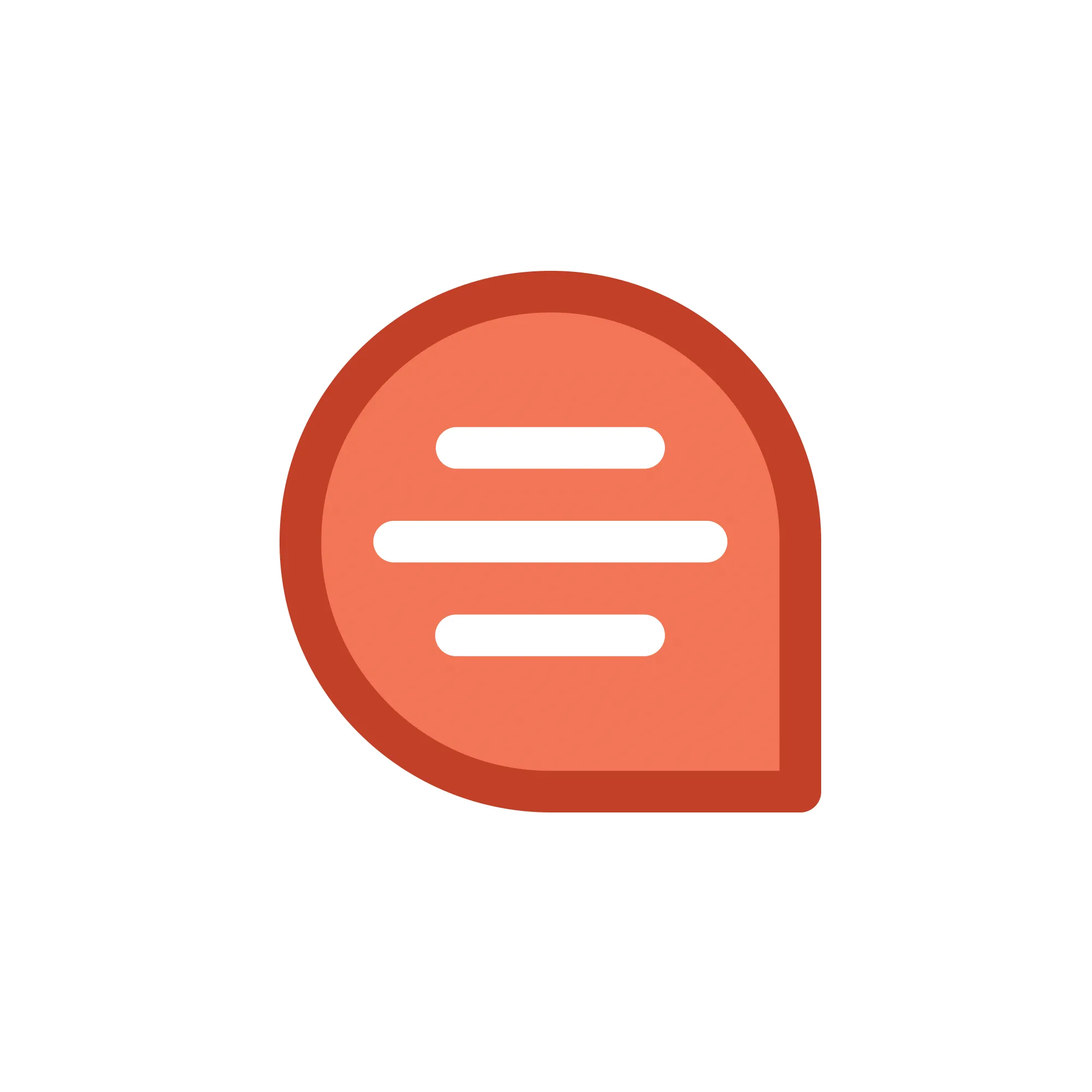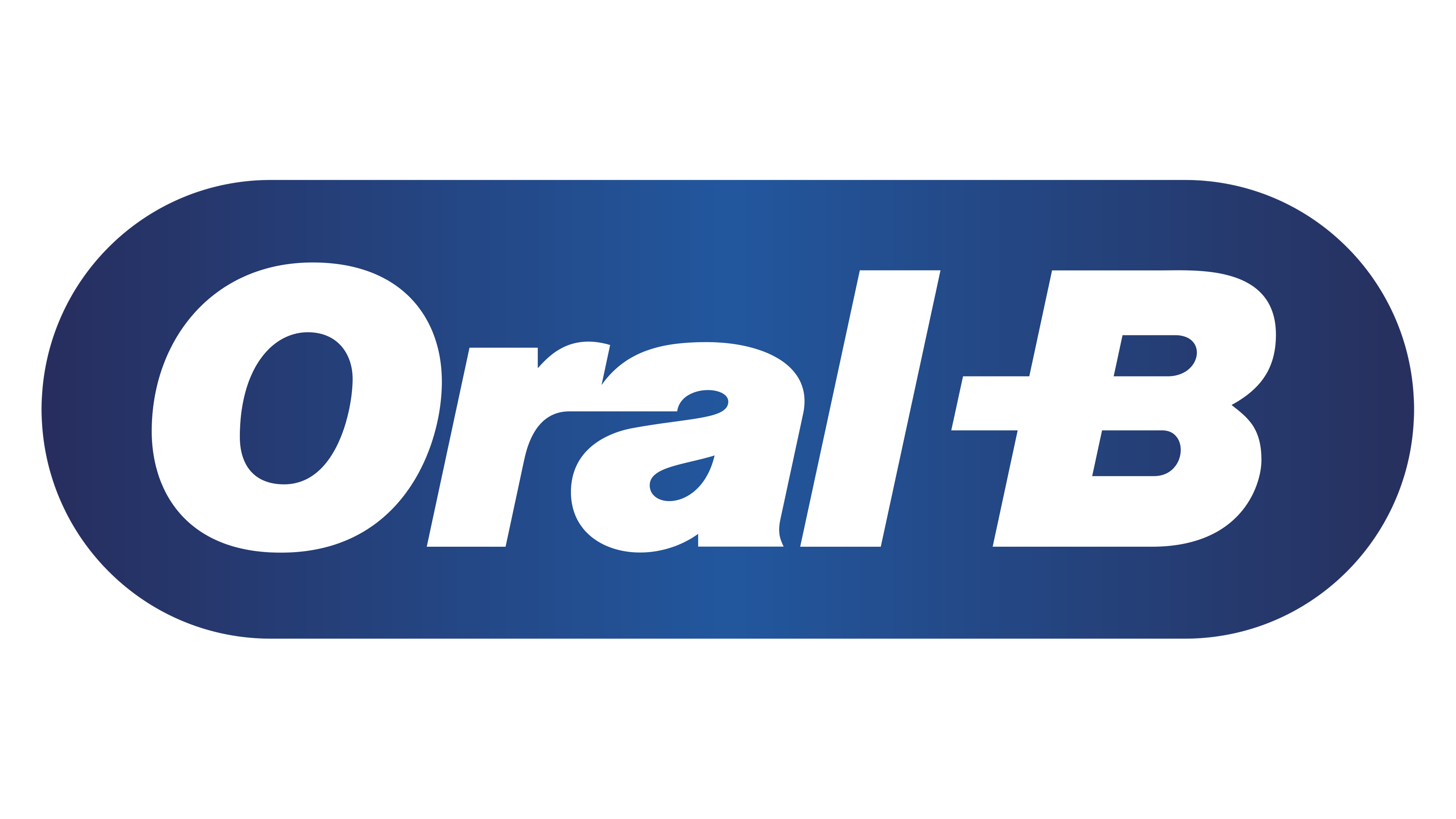Detailed Analysis of Each Brand
 Quip
Quip
Quip is a relatively new brand in the electric toothbrush market, but it has quickly made a name for itself with its minimalist and sleek design. Quip toothbrushes are lightweight, powered by AAA batteries, and offer a simple yet effective brushing experience.
Pros:
- Sleek and minimalist design
- Convenient subscription program for head replacements
- Affordable price compared to other electric toothbrushes
- Ideal for travel (lightweight and battery-powered)
- Built-in timer for 2-minute brushing
Cons:
- Limited power compared to high-end models
- Few brushing modes
- No pressure sensor
- Less effective for tough stains
Quip is ideal for individuals looking for an entry-level electric toothbrush or those who travel frequently. Its subscription program for replacing brush heads is particularly convenient for those who often forget to replace them regularly.
Learn More About Quip Philips Sonicare BEST CHOICE
Philips Sonicare BEST CHOICE
Philips Sonicare is one of the most reputable brands in the electric toothbrush industry. With its sonic technology, it offers up to 62,000 movements per minute for deep cleaning. Sonicare toothbrushes are known for their effectiveness and advanced features.
Pros:
- Highly effective sonic technology for plaque removal
- Wide range of models for all budgets
- Multiple brushing modes for different needs
- Pressure sensors to prevent over-brushing
- Connected apps with personalized tracking (high-end models)
- Excellent battery life
Cons:
- High price for premium models
- Expensive replacement heads
- Some features can be complicated to use
Philips Sonicare is the ideal choice for those seeking a high-performance electric toothbrush with advanced features. The brand offers models for all budgets, but its premium versions provide an unparalleled brushing experience with connected technologies and personalized brushing modes.
Learn More About Philips Sonicare Oral-B
Oral-B
Oral-B, a Procter & Gamble brand, is one of the global leaders in electric toothbrushes. Unlike Philips' sonic technology, Oral-B uses oscillating-rotating-pulsating technology, allowing its round brush heads to clean each tooth individually.
Pros:
- Highly effective oscillating technology for cleaning around each tooth
- Round brush heads that fit perfectly on each tooth
- Multiple brushing modes (sensitive, whitening, gum care)
- Pressure sensor with light indicator
- Connected apps with facial recognition (high-end models)
- Extensive range for all budgets
Cons:
- Noisier than sonic models
- Generally shorter battery life compared to Sonicare
- Some users find the round heads less comfortable
Oral-B is particularly recommended for those who prefer a more intense cleaning sensation and a "tooth-by-tooth" approach. Its brushing technology is often recommended by dentists, and its connected models offer highly detailed tracking of brushing habits.
Learn More About Oral-B Snow
Snow
Snow is best known for its teeth whitening kits, but the brand also offers quality electric toothbrushes with a strong focus on aesthetics and design. Snow toothbrushes often include whitening features in addition to standard cleaning.
Pros:
- Modern and sleek design
- Integrated whitening features
- Multiple brushing modes, including a special whitening mode
- Impressive battery life (up to 30 days)
- Subscription program available for replacement heads
Cons:
- Relatively high price
- Less established brand in the toothbrush domain
- Fewer clinical studies on effectiveness
- Limited availability in Europe
Snow is an excellent choice for those who prioritize teeth whitening while seeking a high-performing electric toothbrush. The brand stands out for its modern design and features focused on dental aesthetics.
Learn More About Snow